In British Columbia, use of Crown range is regulated by the Range Act and the Forest and Range Practices Act (FRPA). The Range Act provides the authority to grant range agreements, including permits and licences. These agreements include things like the tenure area and the amount of forage that can be consumed by livestock on Crown land. Similar to the former Forest Practices Code, FRPA provides the necessary authority for government to manage the Crown land resource. This includes authority to require the agreement holder to prepare a range plan and follow practice requirements.
The investigation found that the current framework for range planning under FRPA is not working well for agreement holders, MFR range staff or for management of the range resource. First, there is widespread uncertainty about what the objectives for range mean and what is required to achieve them. Second, agreement holders are expected to write measurable and enforceable plans, yet may not have the necessary qualifications and experience to do so. Finally, the preparation and approval of RUPs is a time consuming and challenging task for agreement holders and the MFR, and it is not clear if range planning is achieving any measurable benefit in managing the range resource.
This Forest Practices Board report presents the results of an investigation of fish passage at stream crossings in 19 watersheds in the central and northern interior and on Vancouver Island, British Columbia. In total, 1,159 crossings of fish-bearing streams were examined. Each watershed had a mix of crossings built before the implementation of the 1995 Forest Practices Code of British Columbia Act (the Code), after the implementation of the Code, and also after the replacement of the Code with the 2002 Forest and Range Practices Act.
The number of stream crossings within British Columbia is constantly increasing due to new road development. Government estimates that there are approximately 370,000 stream crossings in the province, of which about 76,000 are culverts on fish streams (BC MOE, 2008). For this reason, fish stream crossings may be the single most important habitat impact affecting fish.
There have been numerous studies of stream crossings in the province. Nearly all of these studies have focused on fish passage through closed bottom structures (CBS). However, watersheds also contain a variety of other crossing types, including open bottom structures (OBS) such as bridges, log culverts, arch culverts, and open box structures. This study is the first to examine fish passage in context: on a watershed scale, in a large number of watersheds, reporting on the overall fish passage through road crossings.
In this special investigation, the Board examined 111 cutblocks to determine, in part, whether or not licensees assessed and abated fire hazard as required by the Wildfire Act. The Act requires that both the fuel hazard and the risk of a fire starting or spreading on a site be assessed. Fuel hazard was assessed on 41 percent of the cutblocks, but the risk of a fire starting or spreading on a site was not assessed on any cutblock sampled. The result is that none of the licensees complied with the fire hazard assessment requirements of the Act.
Despite complete non-compliance with assessment requirements, fire hazard was often abated satisfactorily through routine practices such as piling and burning roadside debris. However, in some cases, licensees did not recognize higher risk situations such as the fuel hazard created by processing trees at the stump.
The Ministry of Forests and Range (MFR) Compliance and Enforcement (C&E) program is responsible for promoting compliance with, and ensuring enforcement of, the province’s forest legislation. Conducting inspections to determine licensee compliance is a key activity of this program, and is the ministry’s primary source of information to assess compliance.
This investigation examines, at the district level, the number of compliance and enforcement (C&E) inspections completed in 2005 and 2006, and the range of alleged non-compliances identified in inspection reports for six forest districts: North Coast and Campbell River in the Coast Region; Skeena-Stikine and Fort Nelson in the Northern Interior Region; and Kamloops and Chilcotin in the Southern Interior Region.
In July 2006, the district manager of the Sunshine Coast Forest District approved a FSP submitted by International Forest Products Limited (the licensee), that covered much of the Sunshine Coast Timber Supply Area and included a strategy for conservation of marbled murrelet habitat. With that strategy approved, the Board investigated how FRPA was being applied.
The initial objectives of the special investigation were:
In 2004, the Forest Practices Board released its special report on the implementation of biodiversity measures under the Forest Practices Code of British Columbia Act. This study considered a wide range of measures described in the Biodiversity Guidebook and the Landscape Unit Planning Guide, including landscape-level, spatially-defined conservation areas which include wildlife habitat areas (WHAs), ungulate winter ranges (UWRs) and old growth management areas (OGMAs). At that time, the Board found that progress in establishing these areas varied widely across the province.
These conservation areas continue to be a key aspect of the province’s biodiversity strategy under the Forest and Range Practices Act. They serve to protect either representative samples of ecosystems, or elements of particular species’ habitats and are generally applied outside of parks and protected areas. As part of the Identified Wildlife Management Strategy (IWMS), WHAs are established to protect critical habitat for species affected by forest and range practices. UWRs are areas necessary for the winter survival of certain ungulate species. OGMAs protect examples of old forest ecosystems and provide the framework for landscape level conservation.
